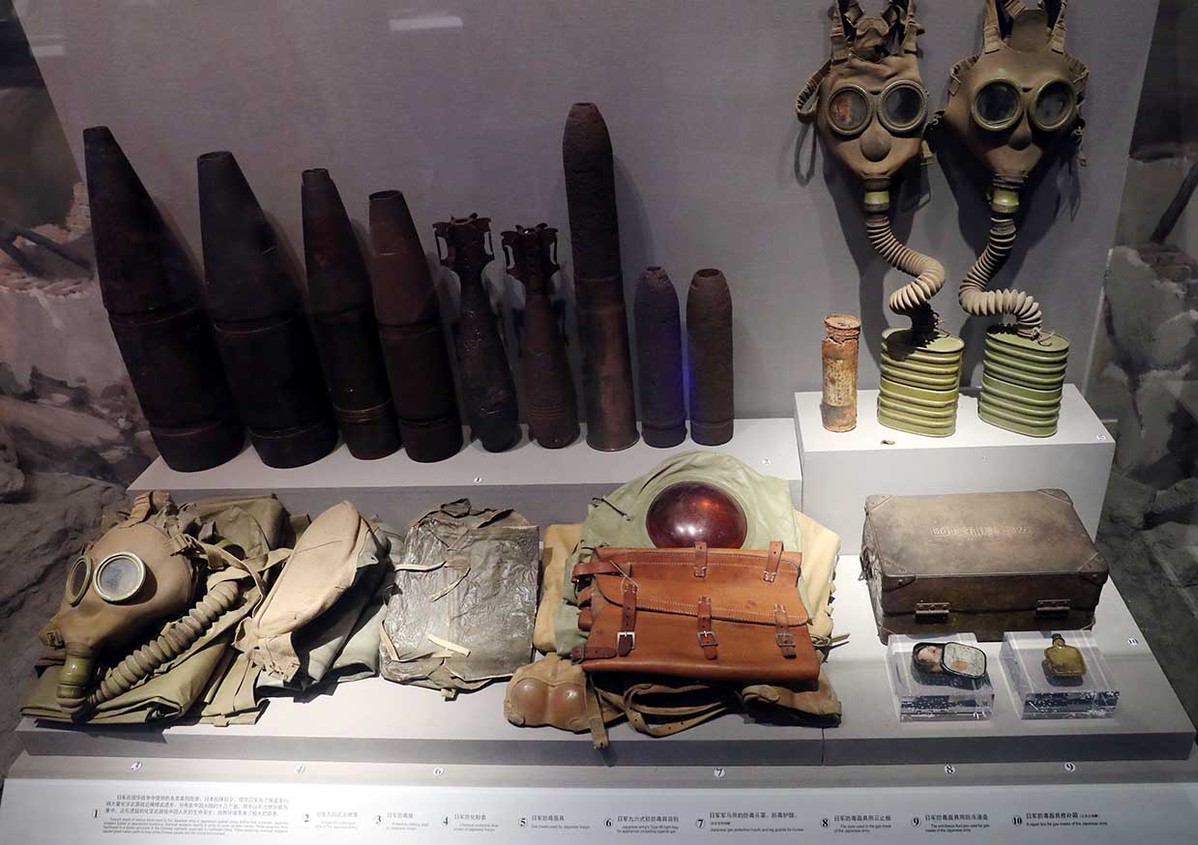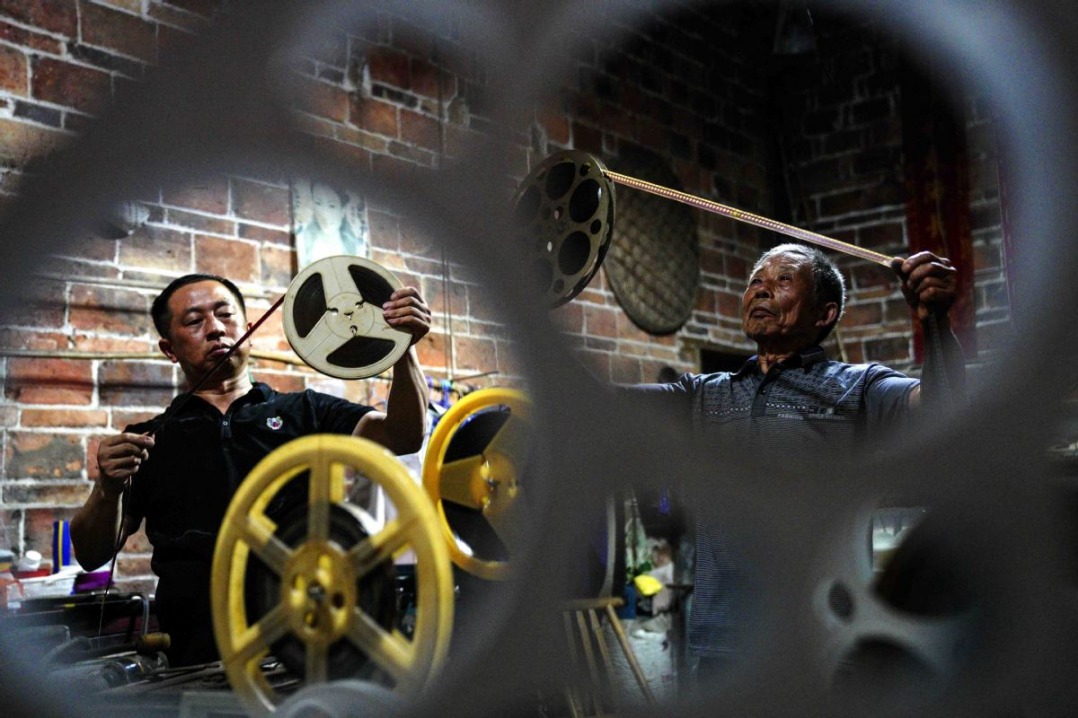New evidence of Japan's wartime atrocities revealed
By ZHOU HUIYING in Harbin | CHINA DAILY | Updated: 2022-08-16 08:43

New evidence of atrocities during the War of Resistance Against Japanese Aggression (1931-45) was recently released by the Museum of Evidence of War Crimes by Japanese Army Unit 731 in Harbin, Heilongjiang province.
The evidence was contained in a 237-page file of registration forms for the Imperial Japanese Army's Unit 516, that recorded detailed information about its 414 members, including their names, date of birth, place of origin, branch of service and rank.
"Unit 516 was one of the core chemical warfare units in Japan and was responsible for training senior officers in the use, research and development of chemical weapons," said Jin Chengmin, curator of the museum. "Its main task was to conduct combat experiments in the field and on live humans."
According to documents, the unit was founded in Qiqihar, Heilongjiang, in 1939, and was made up of five divisions responsible for the research, experimentation and production of poisonous gases and poisons, as well as the study of meteorological changes.
During the war, the unit produced a vast amount of lethal chemical weapons, including mustard gas, Lewisite gas and chlorine gas, and participated in major battles that resulted in a large number of Chinese civilian and military casualties.
"We got the file from the National Archives of Japan in April 2021 and released it after a year's collation and research," he said. "We found that the rank of the unit's members was relatively high, showing that Japan attached great importance to the development, production and use of biological chemical weapons.
"Like germ warfare, Japan's chemical warfare was a premeditated, organized and systematic crime, which violated international morality and human conscience," said Jin. "The new findings provide solid and powerful evidence for the historical research of chemical warfare carried out by Japan during the war."
Before they unconditionally surrendered on Aug 15, 1945, the retreating Japanese invaders destroyed and buried most of their facilities and chemical weapons.
In August 2003, one man died and 43 people in Qiqihar fell sick after poison gas leaked from a canister left behind by the unit.
Lethal remains from the War of Resistance Against Japanese Aggression have been discovered all over the country, mostly in the northeast, and have led to the deaths of thousands of people.
Other relevant information shows there was close cooperation between Unit 516 and Unit 731.
Unit 731 was a top-secret biological and chemical warfare research base established in Harbin in 1935 as the nerve center of Japanese biological warfare in China and Southeast Asia during the war.
The unit conducted experiments on living human beings to test germ-releasing and chemical bombs, among other atrocities.
During the war, Unit 516 often provided poison gas to Unit 731 for experiments on living humans.
At least 3,000 people were used for human experimentation by Unit 731, and more than 300,000 people across China were killed by Japan's biological weapons.
























